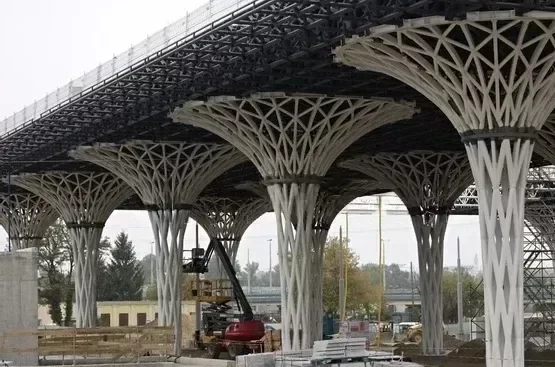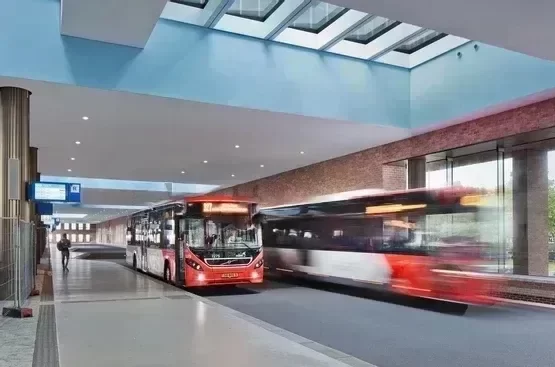BUS STATIONS
A bus terminal, also known as a terminus, is where a bus route begins or ends, where vehicles stop, turn around, reverse, and wait before returning. Additionally, this is where passengers board and exit vehicles. Additionally, it also serves as a convenient control point for services. A terminal can be anything from a small bus stop on the side of the road with no amenities for passengers or bus drivers to a large, purpose-built off-road bus station with a lot of amenities.
A roadside bus stop without facilities will typically suffice if few vehicles arrive and depart. Off-road bus station facilities may be required due to the large number of vehicles arriving and departing, making them more convenient for passengers and reducing traffic congestion. Bus services rely heavily on bus terminals and stations. The efficiency of a transportation system as well as its impact on other road users are affected by its layout and location. Because of their status as landmarks rather than utilities, some stations may be significantly less efficient than others because of their opulent rather than practical design. Bus stations are the hub of many local bus services in towns and cities. Most of the time, there are large stations in the middle of the route and smaller ones at the ends. Even though most intermediate passengers on urban services board and alight at roadside bus stops, there may also be intermediate stations. The reason for this may be that a lot of passengers switch between different bus routes.
Bus stations can also be used to park buses away from their home bases in between trips. However, they shouldn’t ordinarily be viewed as long-term stopping offices, especially where land is costly. Buses should be parked elsewhere when not in use for loading, preferably at depots with vehicle maintenance and cleaning facilities. In most cases, buses shouldn’t be allowed to park in streets near bus stations.



